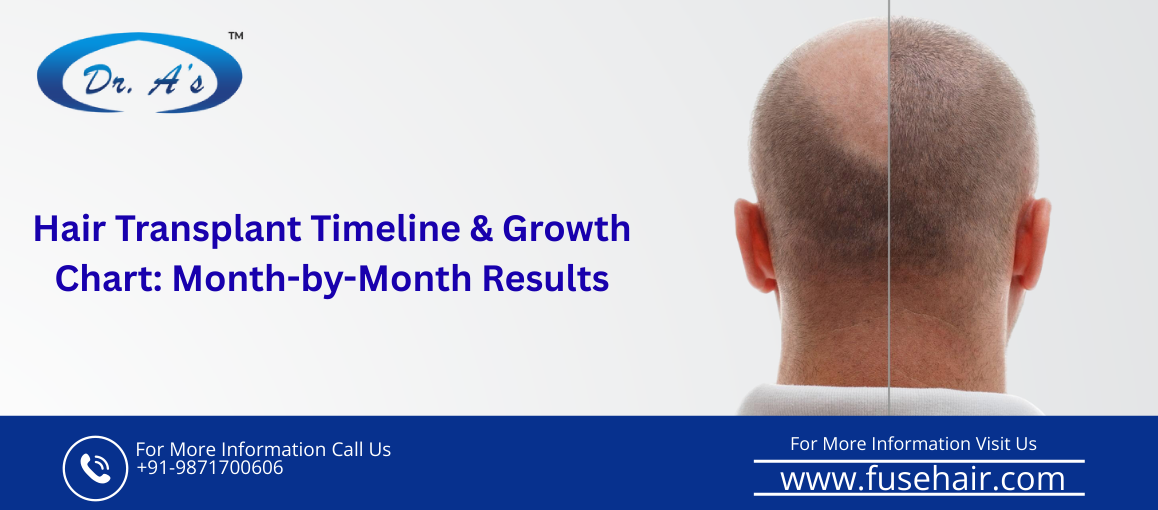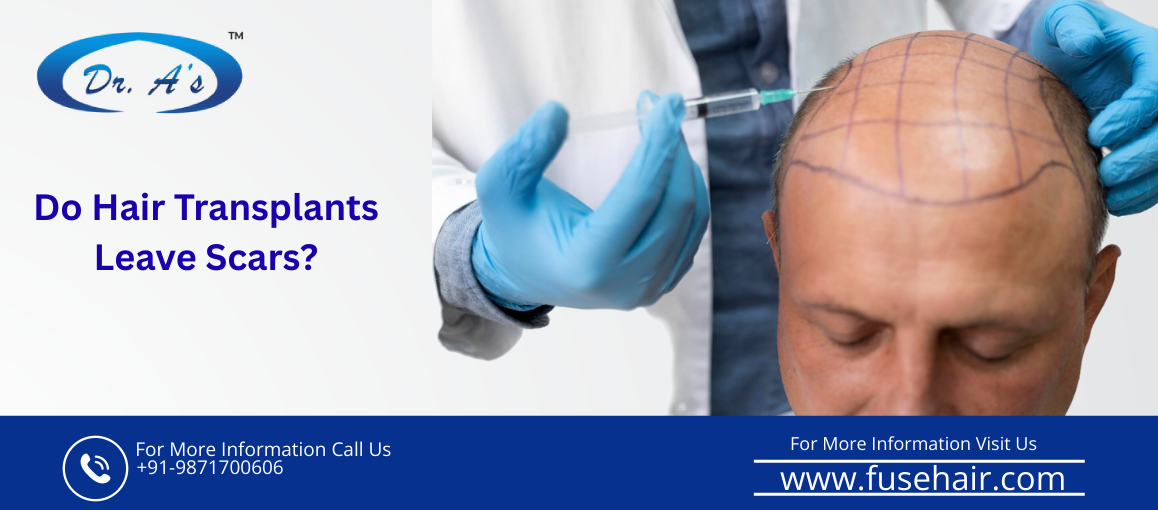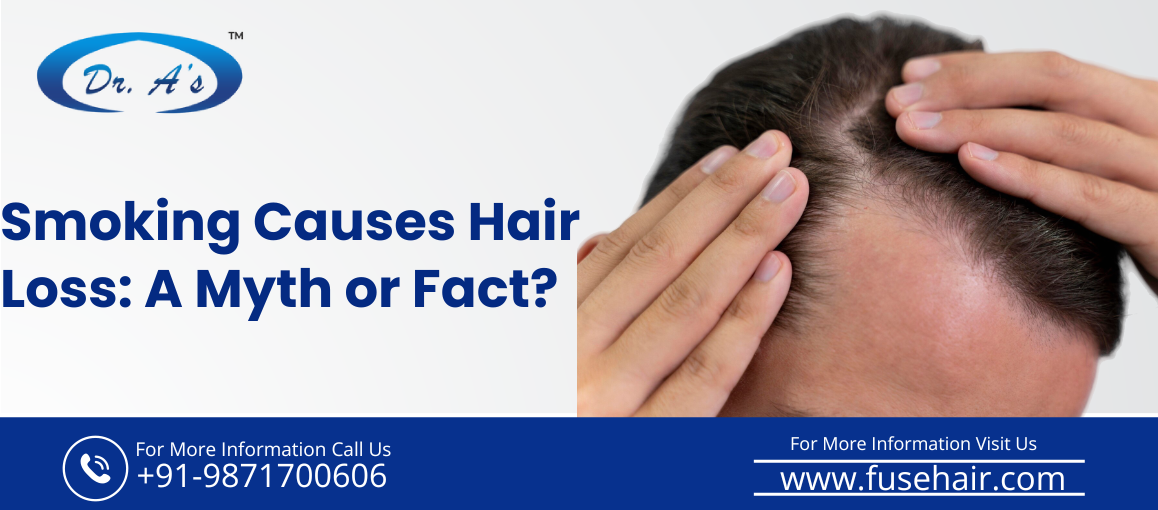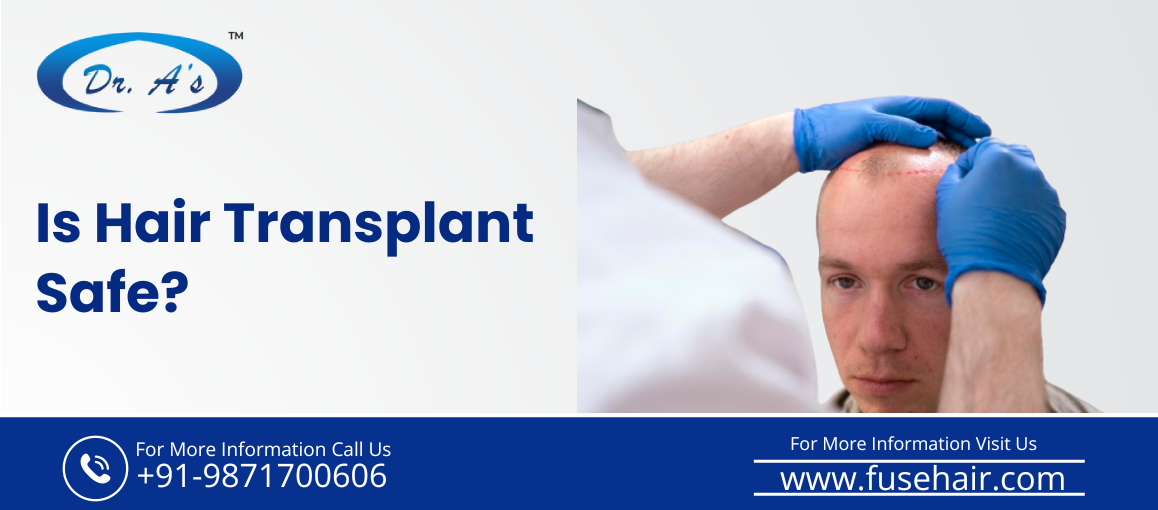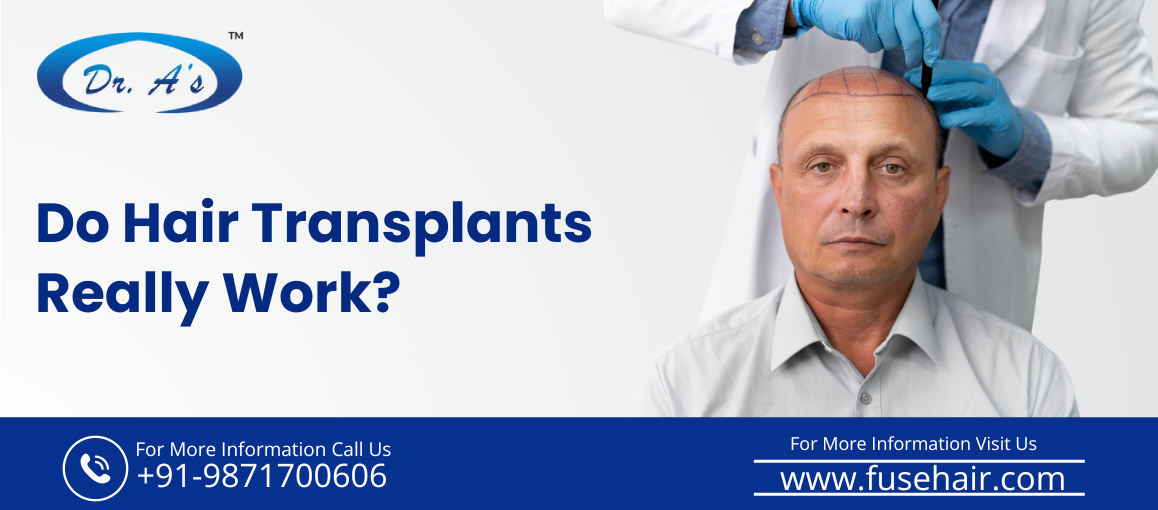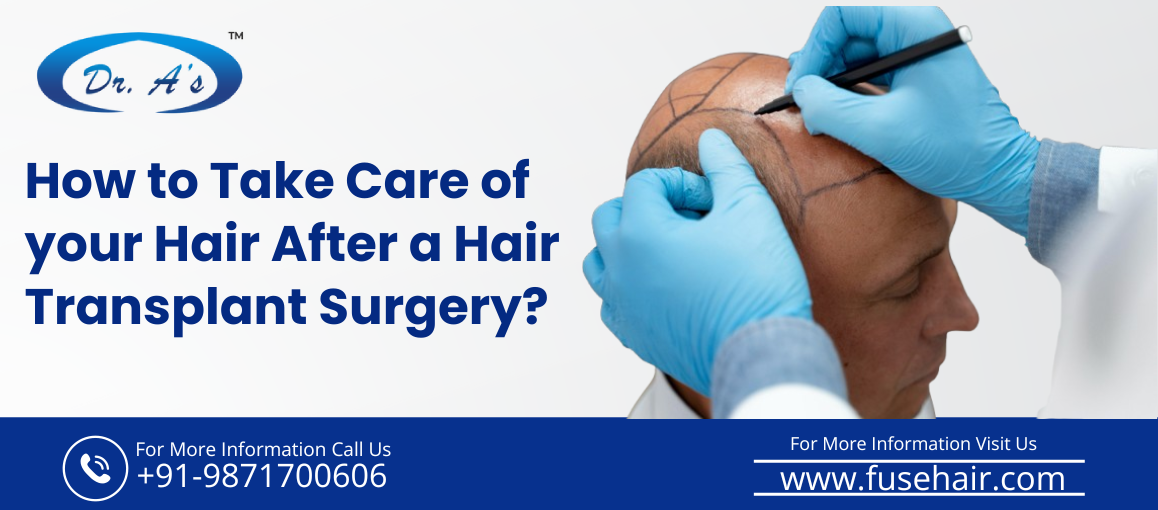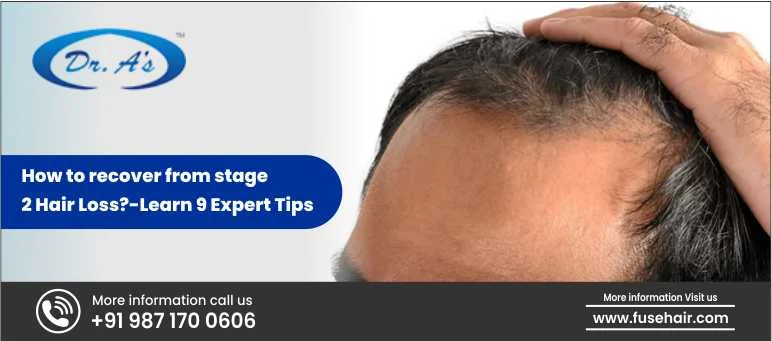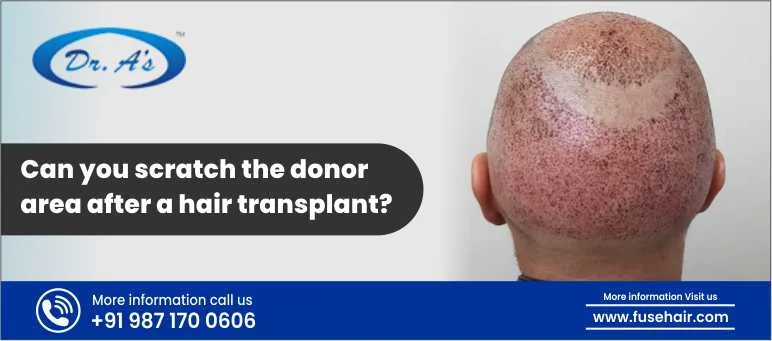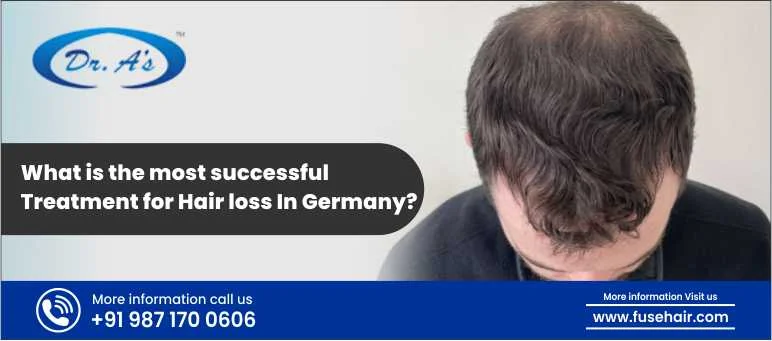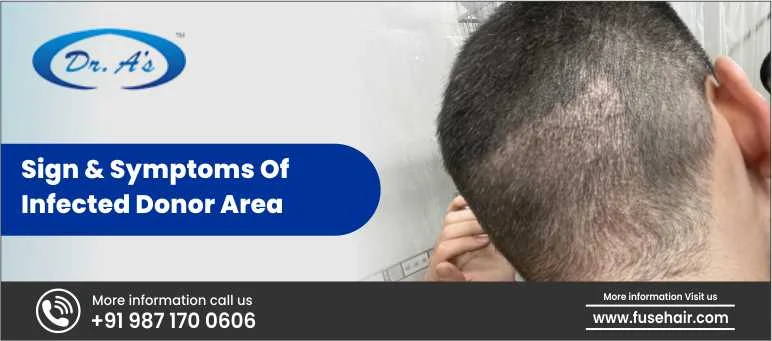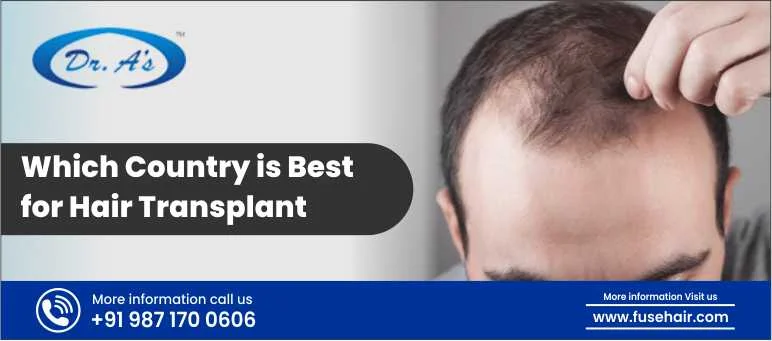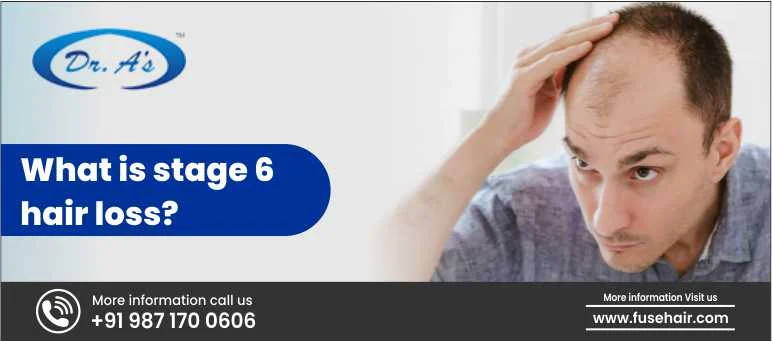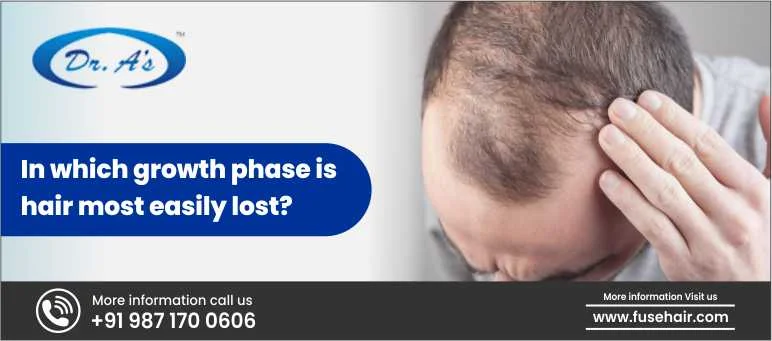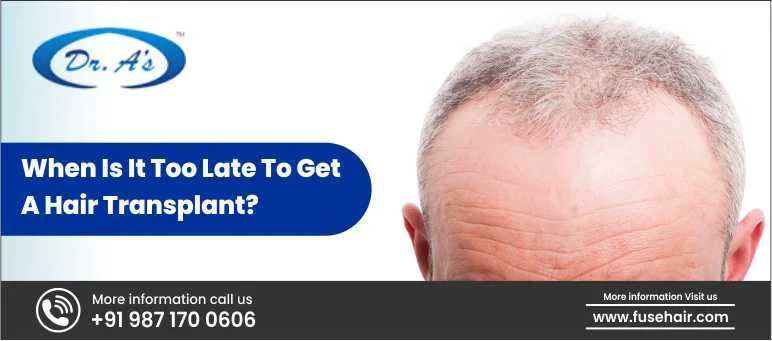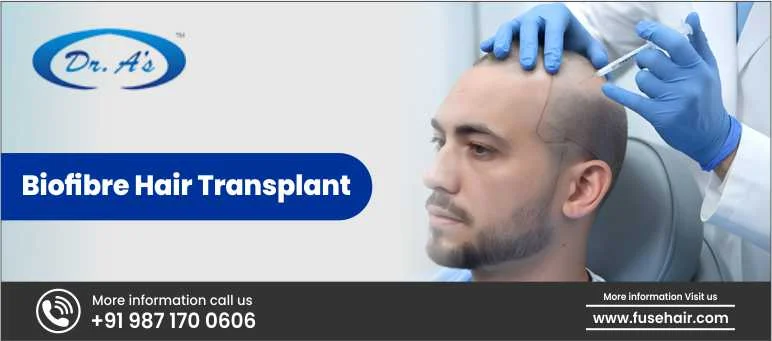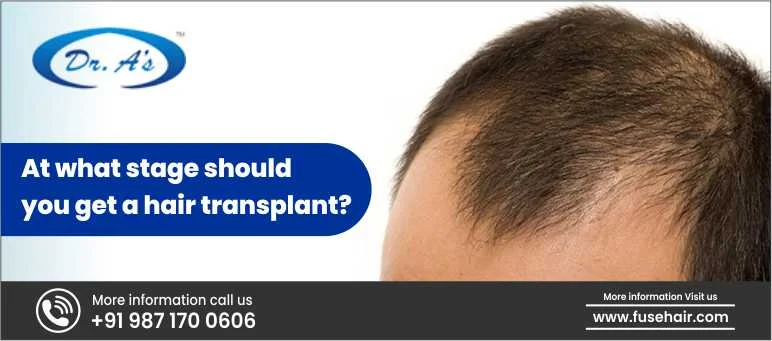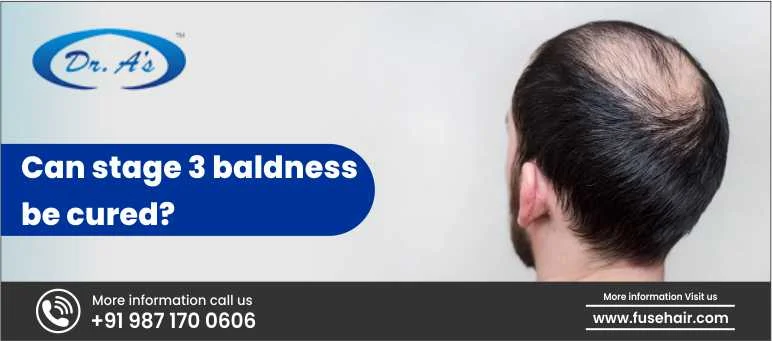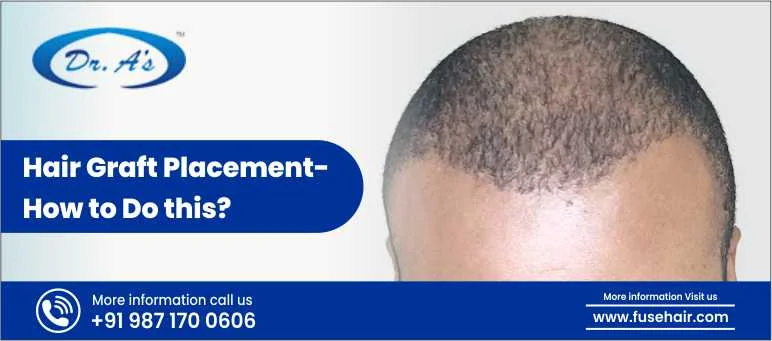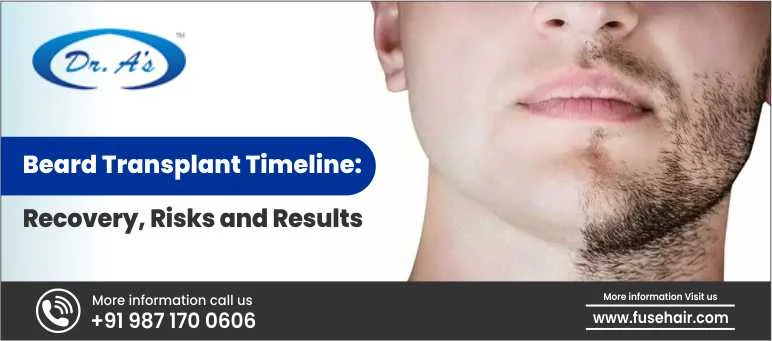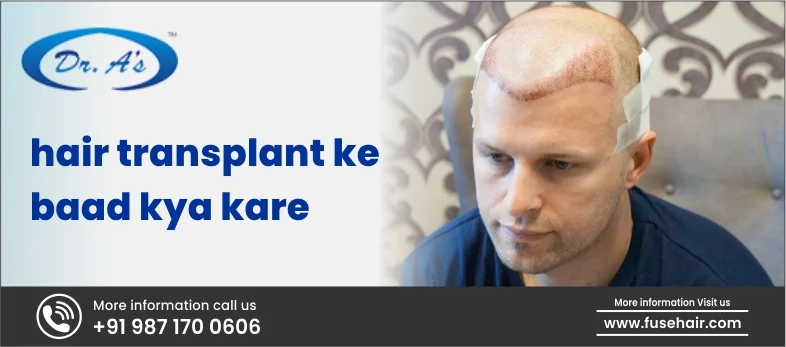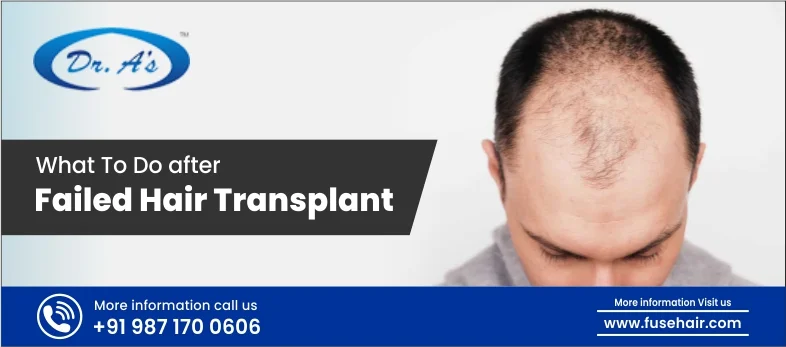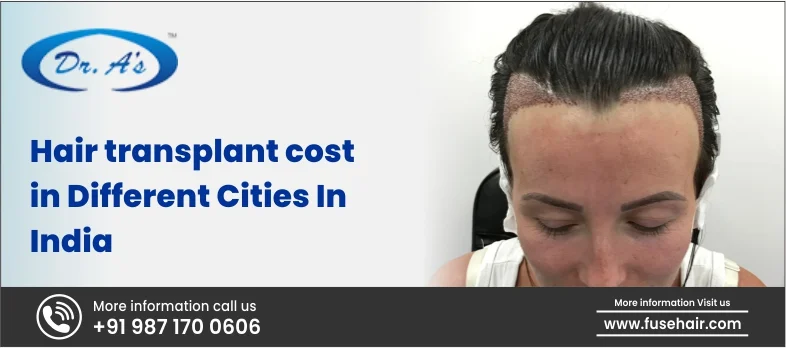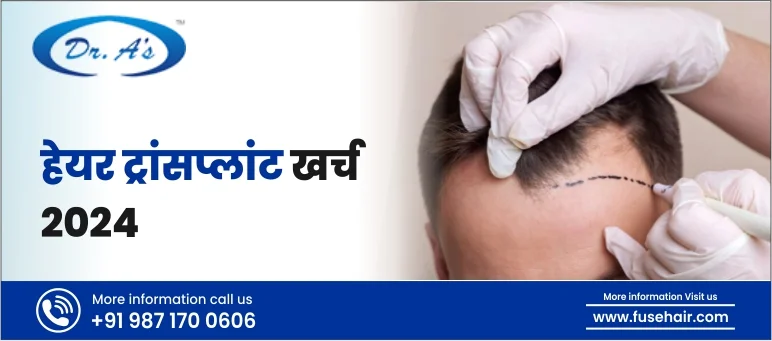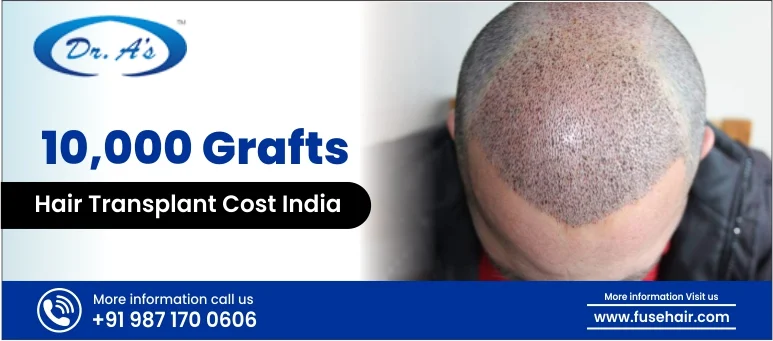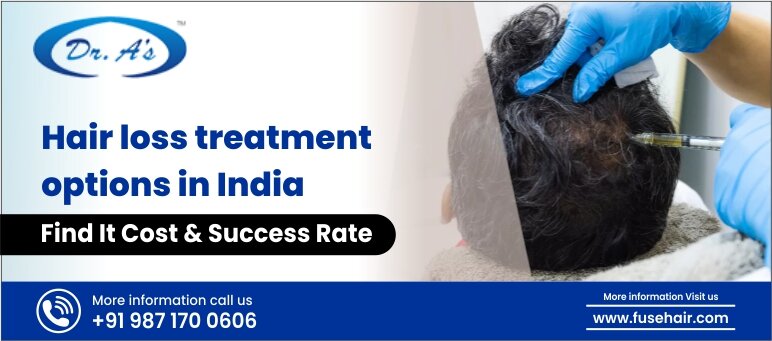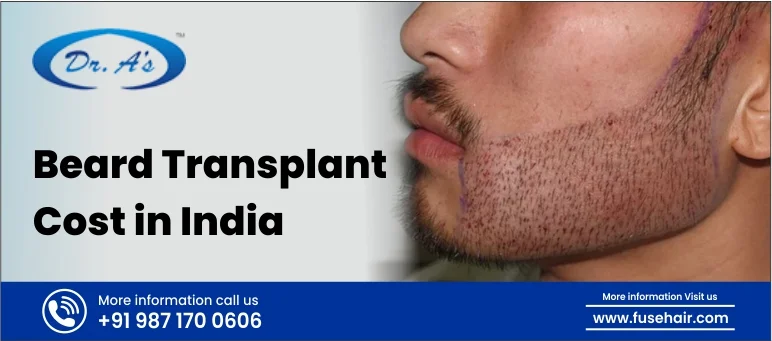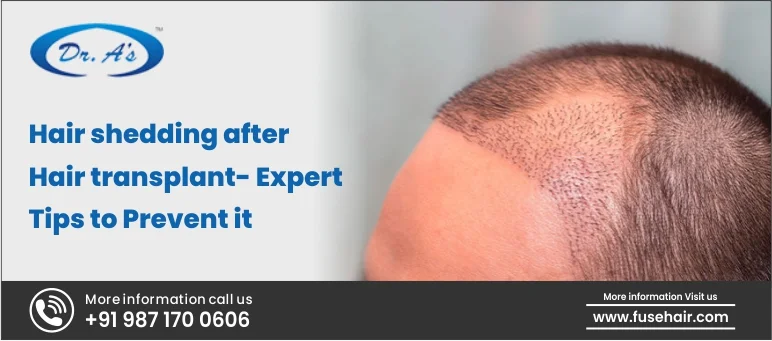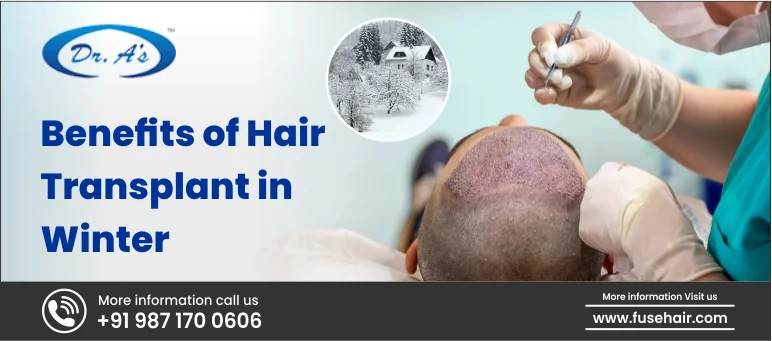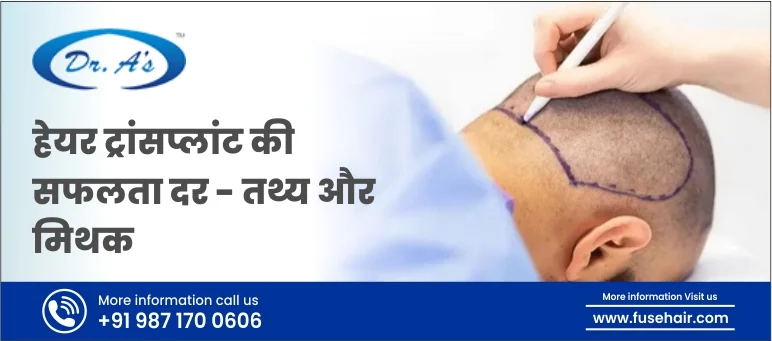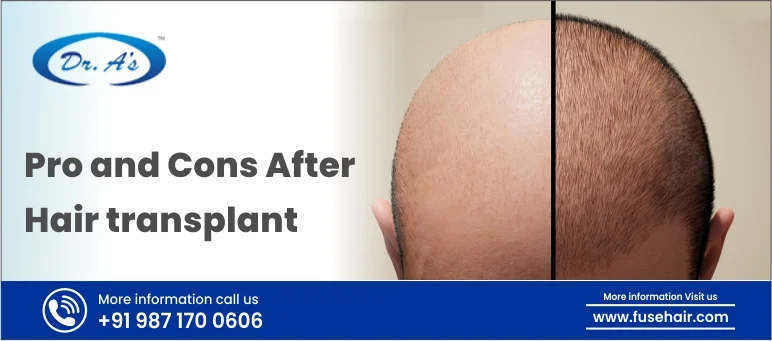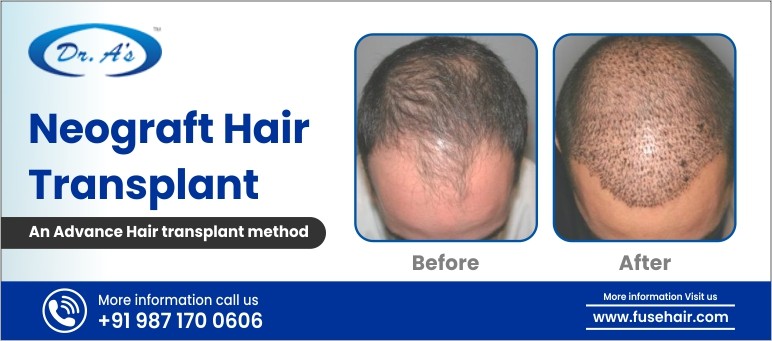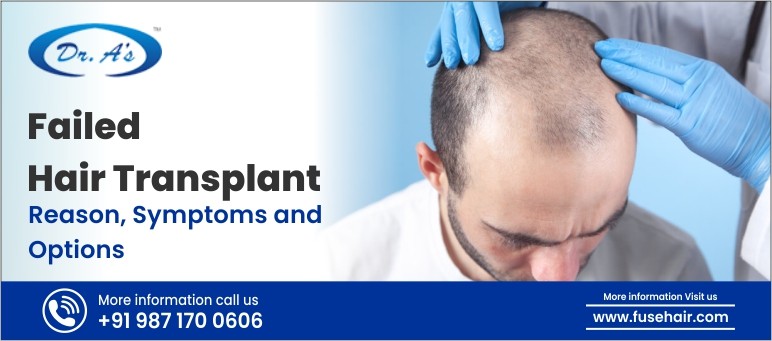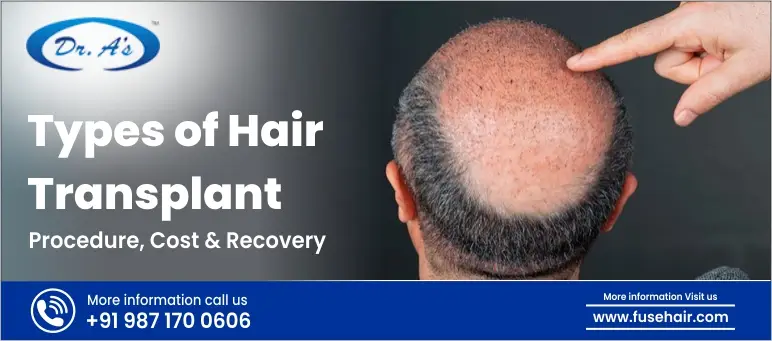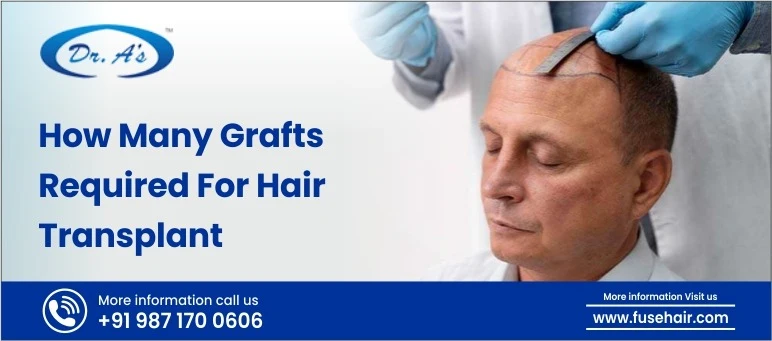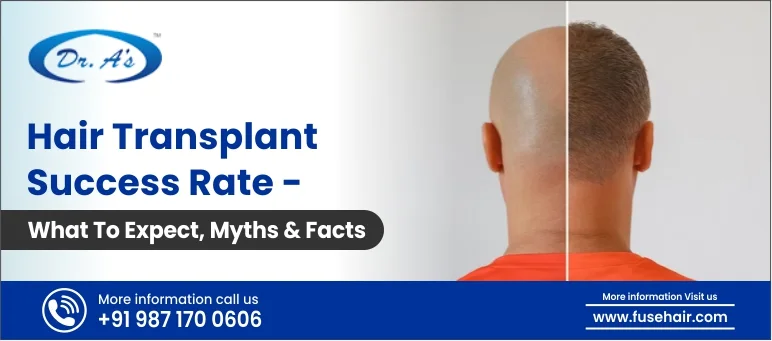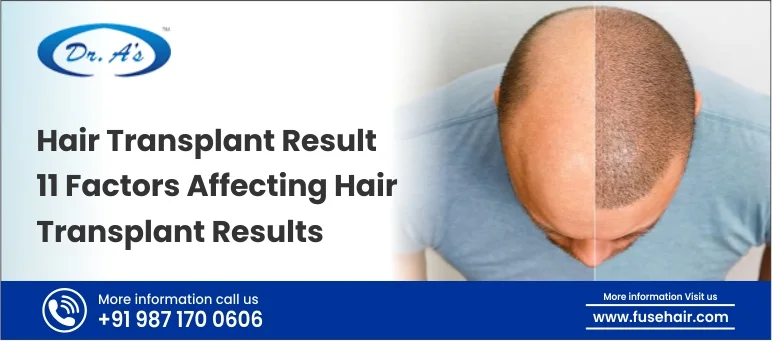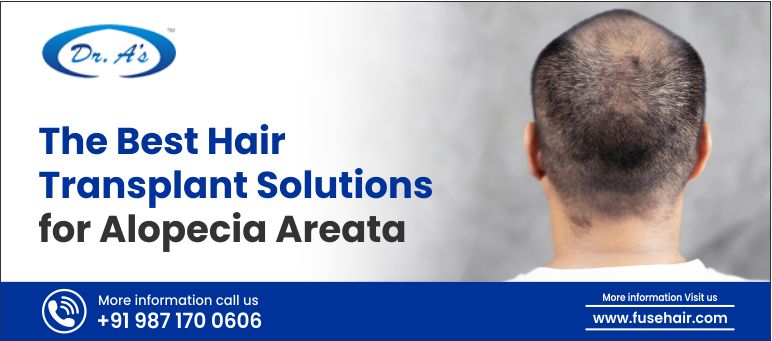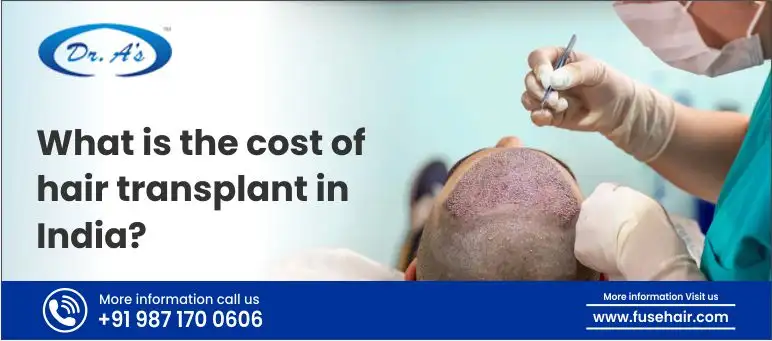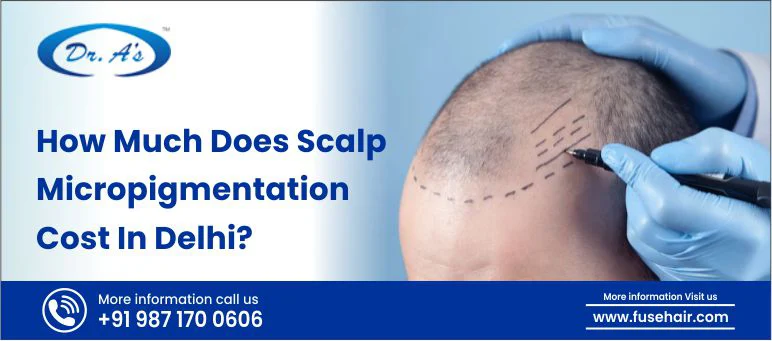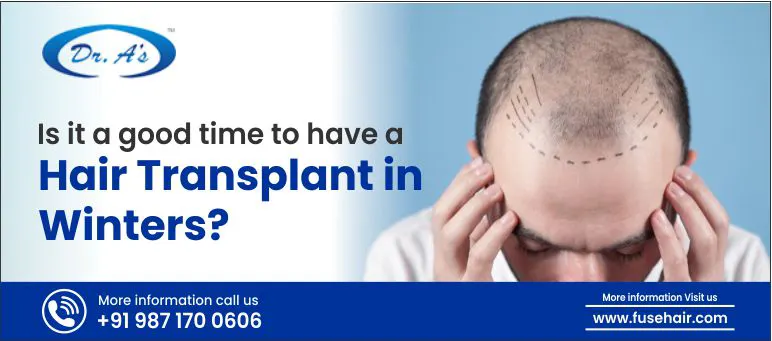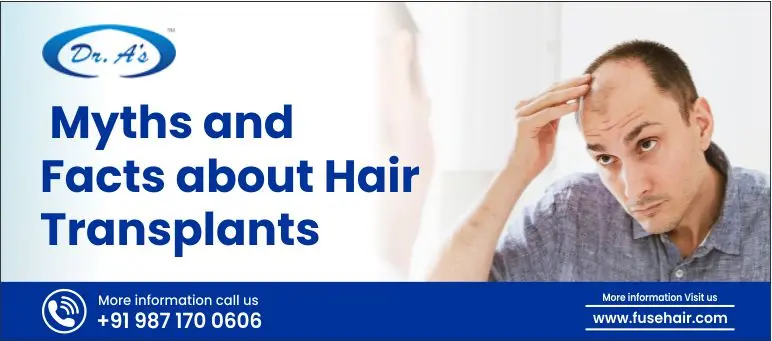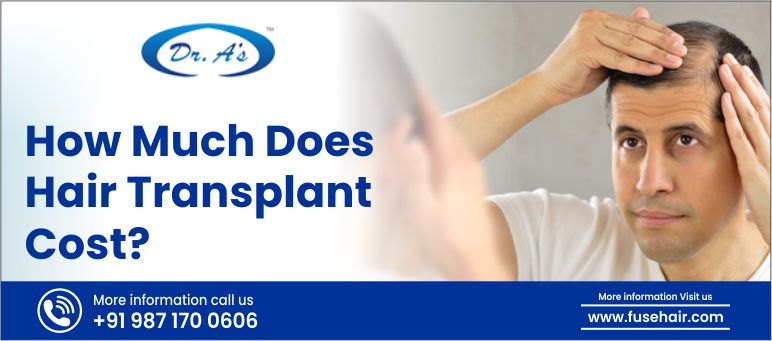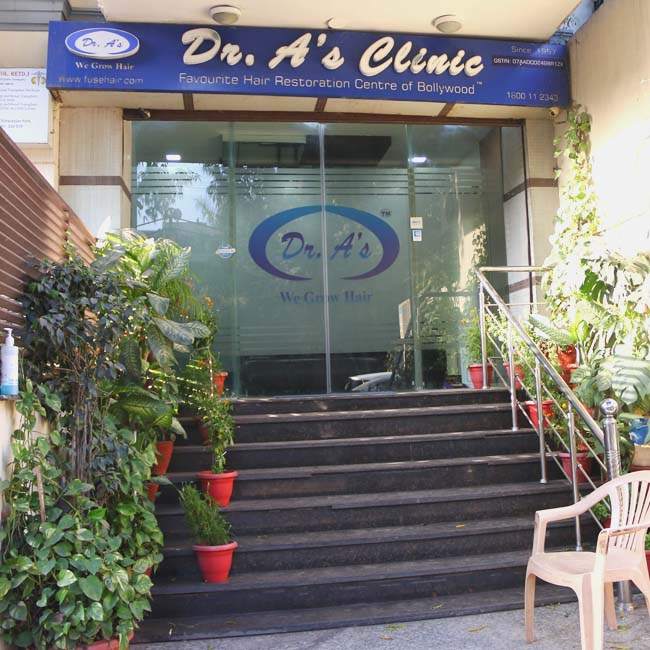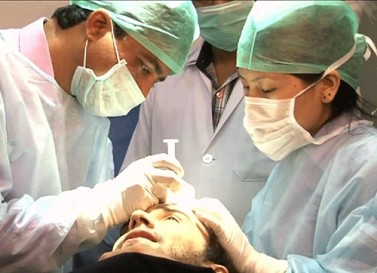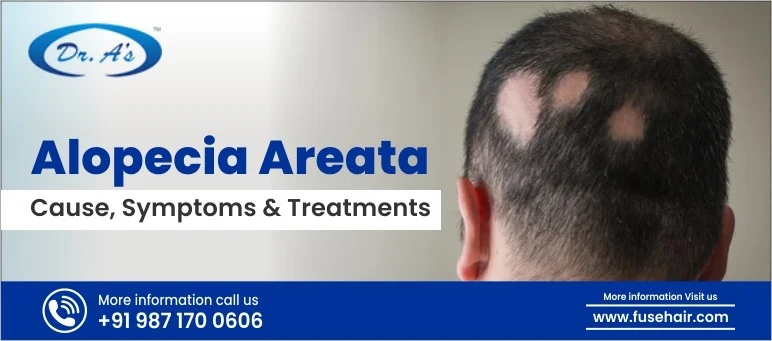
Alopecia areata is an autoimmune disorder that causes a noticeable hair loss in the affected person. It is one of the several different types of alopecia that plagues millions around the globe. In this condition, the immune system delivers faulty signals that target the sufferer’s hair follicles, leading to sudden and unpredictable hair loss.
It is believed that the disease is caused by a combination of genetic predisposition and environmental triggers that contribute to the development of the disease. In this blog, we shall discuss the causes, symptoms, treatment, and other relevant information surrounding the onset of alopecia areata.
Causes of Alopecia Areata
Alopecia areata, when it manifests in patients, can be traced back to many different causes. Every sufferer has a unique background composed of several variables such as prior medical history, diet, lifestyle, genetics, etc. This makes alopecia a disease that can have a variety of factors affecting its development. Such causes include:
-
Genetics
The role of genetics in alopecia areata is undeniable. Modern medical evaluation of cases has shown that individuals with a family history of the condition are at a higher risk of developing it themselves. Specific genes associated with the immune system and hair follicle function are believed to contribute to increased susceptibility to alopecia areata.
-
Autoimmune Response
Alopecia areata is considered an autoimmune disorder. Normally, the immune system’s integral function is to protect the body by attacking harmful pathogens. In the case of alopecia areata, however, the immune system erroneously identifies hair follicles as hostile invasive elements. It launches an attack on these follicles, resulting in inflammation that disrupts the hair growth cycle and leads to hair loss.
Triggers
While the exact triggers for alopecia areata remain uncertain, various environmental factors, such as stress, allergies, medications, and hormonal changes, are believed to play a role in the development and exacerbation of the condition.
- Stress: Psychological and emotional stress may contribute to the onset of alopecia areata or trigger flare-ups in those already affected. Stress can disrupt the immune system’s balance and increase inflammation in the body.
- Viral Infections: Some viral infections, particularly those that can cause significant immune system activation, have been linked to the onset or worsening of alopecia areata. These infections might trigger the autoimmune response against hair follicles.
- Hormonal Changes: Changes in hormone levels, such as those occurring during pregnancy, postpartum, or menopause, may influence the immune system’s function and lead to the development of alopecia areata.
- Medications: Certain medications, such as those used in cancer treatments or for autoimmune diseases, may affect the immune system and inadvertently trigger alopecia areata in susceptible individuals.
- Allergies: Some studies suggest that allergies or sensitivities to certain substances might trigger an autoimmune reaction and contribute to the development of alopecia areata.
It’s essential to note that while these triggers may play a role in the development of alopecia areata, not everyone exposed to these factors will necessarily develop the condition. Genetics, immune system functioning, and environmental factors likely determine an individual’s susceptibility to alopecia areata.
Symptoms of Alopecia Areata
Alopecia areata is characterized by sudden hair loss that occurs in small, round patches on the scalp or other parts of the body. The severity and pattern of hair loss can vary significantly among individuals. Here’s a detailed look at what alopecia areata symptoms entail:
-
Patchy Hair Loss
The most common and noticeable symptom of alopecia areata is the appearance of smooth, round, or oval bald patches on the scalp. These patches can vary in size from a few to several centimeters in diameter. Initially, the skin in the affected areas may look normal, but over time, it may become slightly red or show signs of inflammation.
-
Rapid Onset
Hair loss in alopecia areata can occur suddenly, with individuals often noticing the appearance of bald patches seemingly overnight. The speed at which the condition develops can be disconcerting and emotionally distressing.
-
Scalp Sensitivity
Before the hair loss becomes evident, some people with alopecia areata may experience tingling, itching, or mild pain in the affected areas. This sensitivity is thought to be associated with the inflammatory process occurring in the hair follicles.
-
Increase in area of hair loss
In some cases, alopecia areata can progress beyond localized patchy hair loss. It can lead to more extensive patterns of hair loss, such as alopecia totalis, where all the hair on the scalp is lost, or alopecia universalis, where hair loss occurs on the entire body, including eyebrows, eyelashes, and other body hair.
-
Changes affecting nails
In addition to hair loss, individuals with alopecia areata may observe changes in their nails. These changes can include pitting (small dents or depressions on the nail surface), ridges, or white spots on the nails. Nail changes usually occur in association with more severe cases of alopecia areata.
It’s important to note that alopecia areata does not cause any physical discomfort or health complications beyond hair loss. The condition is not contagious and does not affect a person’s overall health. However, the visible nature of alopecia areata symptoms can significantly impact an individual’s self-esteem and quality of life.
Dealing with the emotional challenges of alopecia areata is essential to managing the condition. Support from family, friends, and support groups can be immensely helpful in providing encouragement and understanding. Mental health professionals can also assist individuals in developing coping strategies to navigate the emotional impact of hair loss.
Treatments for Alopecia Areata
Although incurable, new advancements in medicine and science have paved the way for various reliable treatments for alopecia areata. These remedies are usually administered depending on the specifics of each case and can help manage the disease’s symptoms and stimulate hair regrowth.
-
Topical Medications
When applied to the affected areas, topical corticosteroids can help reduce inflammation and stimulate hair regrowth. These medications are directly applied as ointments to the bald spots as often a day as directed by your doctor. They are usually more effective when used to treat cases of alopecia areata in children than in adults.
-
Intralesional Corticosteroids
These injections administer the medicine directly into the bald patches and may promote hair regrowth in localized cases. In this procedure, a fine sterilized needle is used to introduce the medicine inter-dermally to not leave a dent in the skin and reduce the chances of epidermal atrophy. The dosage differs in accordance with the severity of the cases being treated.
-
Anthralin
This medication alters the skin’s immune function and may promote hair regrowth when applied to the scalp for a short period. To use it correctly, you have to apply it onto the affected area, let it sit for as long as your doctor recommends, and then rinse it off with water. However, this medication tends to cause irritation of the skin.
-
Minoxidil
A topical solution commonly used for male pattern baldness. It is usually recommended to be applied twice daily to the balding areas and can help promote hair regrowth in the scalp, brow, or beard region.
-
JAK Inhibitors
Janus kinase inhibitors like tofacitinib and ruxolitinib are new forms of medication that are quickly gaining popularity as a reliable remedy for alopecia areata. They are oral medications that can modulate the immune response and promote hair regrowth in severe cases. The medicine interferes with the signals that are sent across the body by neurotransmitters which in turn trigger inflammation. The benefits of this treatment are that it doesn’t require injections and works relatively quickly.
Hair Transplant Surgery
In cases of extensive hair loss, hair transplant procedures can be considered to restore hair growth in affected areas.
-
Follicular Unit Extraction (FUE)
FUE is a modern hair transplant method where individual hair follicles are extracted directly from the donor area and transplanted to the recipient area. It is particularly suitable for patients with smaller hair loss areas or those seeking to avoid linear scars.
Dr Arvind Poswal, a renowned hair transplant specialist, excels in using FUE to treat alopecia areata. His expertise in precise extraction and implantation ensures minimal scarring and natural-looking results. Dr Poswal’s innovative approach and attention to detail make FUE an effective and popular choice for alopecia areata treatment.
-
Follicular Unit Transplantation (FUT)
FUT, also known as the strip method, involves harvesting a strip of scalp from the donor area and dissecting it into individual hair grafts for transplantation. It is especially suitable for individuals suffering from significant hair loss on the crown region of their heads. FUT provides fuller hair coverage with a thicker appearance.
Dr Arvind Poswal’s exceptional skills in FUT have made it a reliable option for treating alopecia areata. The surgical precision he maintains in removing the strip and suturing the donor area ensures a well-hidden scar that eventually becomes inconspicuous. By carefully transplanting follicular units into the balding areas, Dr Arvind Poswal achieves impressive density and natural hairline restoration for patients with alopecia areata using the FUT technique.
-
Wigs and Hairpieces
Although not a treatment in the technical sense of the word, wearing wigs or hairpieces can provide a cosmetic solution and boost self-confidence for individuals with complete hair loss.
Dr Arvind Poswal has a host of great treatment options available for patients struggling with alopecia areata. With his extensive medical knowledge and proficient technical skills, you can find the best resolution to all your symptoms of alopecia areata.
Cost of Alopecia Areata Treatment
Alopecia areata treatment cost can be influenced by various factors, including the location of the clinic you’re getting treated at, the medical expertise and reputation of the doctor, and other ancillary costs such as pre and post-treatment procedures. However, as a ballpark estimate, one can expect to pay upwards of 6500 INR to treat their alopecia symptoms at a well-known medical facility. At Dr Arvind Poswal’s clinic, you can expect to get the best alopecia treatment at reasonable prices.
Alopecia Areata: Prevention
Unfortunately, there are no foolproof methods to prevent alopecia areata, especially in those with a genetic predisposition. However, reducing stress levels, maintaining a balanced diet, and taking good care of overall health can contribute to general well-being and may indirectly benefit hair health.
Living with Alopecia Areata
Living with alopecia areata can be challenging, especially for those experiencing extensive hair loss. It’s essential to remember that alopecia areata does not affect overall health, and many people find ways to cope with the emotional challenges it presents. Seeking support from friends, family, and support groups can be invaluable in maintaining a positive outlook and boosting self-esteem.
Conclusion
Alopecia areata is an autoimmune disorder that is characterized by sudden hair loss in circular patches. While the exact cause remains unknown, it is thought to involve a combination of genetics and environmental factors. Treatment options range from topical medications and immunotherapy to hair transplant surgeries. Although there is no definitive prevention method, living a healthy lifestyle and seeking support can help individuals cope with the emotional impact of alopecia areata.
Dr Arvind Poswal is adept at treating various types of alopecia. He has 20 years of experience utilizing different treatment techniques, including FUT, FUE, FUSE, and FUE Max, to ensure that the patients see satisfactory results as soon as possible.




















